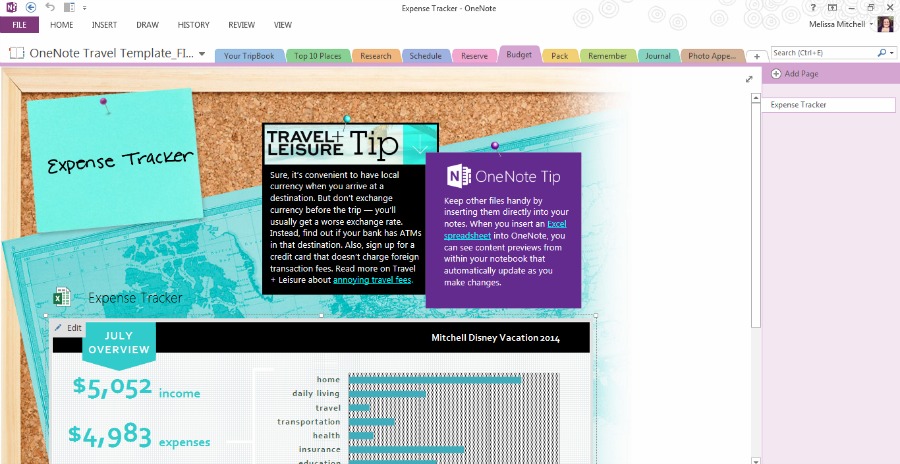
Now, as far as I can tell, the Send to OneNote Office Add-in is automatically made available if it can be made available and the user has no control over it - it's not in the add-in store or anything like that.
#HOW TO USE ONENOTE 365 FOR WINDOWS 10#
The tickbox in Outlook settings to "use Send to OneNote with OneNote for Windows 10 if available" means to use the Office Add-in instead of the COM Add-in if your Office account has the Send to OneNote Add-in available. Your local OneNote app gets the page by downloading it from the cloud and your local apps don't actually talk to each other at all during the process so it works with all OneNote clients. It doesn't actually talk to any OneNote apps, but instead communicates with Microsoft's cloud services to store the page directly to the notebook stored on OneDrive. The second, newer one is for the Office Add-ins framework and is built more like a web page. Since Outlook and OneNote 2016 are written for the Win32 application framework and OneNote for Windows 10 from the Microsoft Store is written for the UWP one, they can't talk to each other directly and you can only use the COM Add-in with OneNote 2016. The COM Add-in works specifically and only between a locally installed Outlook app and a locally installed OneNote app from the old Office codebase, ie. The greyed option you show is the COM Add-in. the new purple one and the old OneNote icon.). Currently it should have a largely white icon with purple linework, though it's had different icons in the past (eg.

If your OneNote notebooks are stored in the cloud, it's OneNote 2016's sync that ultimately stores the new page on OneDrive. The first, older one is a COM Add-in where your local Outlook app talks directly with your locally installed OneNote 2016 app to add the email as a page to OneNote. Outlook has two different Send to OneNote add-ins.


 0 kommentar(er)
0 kommentar(er)
